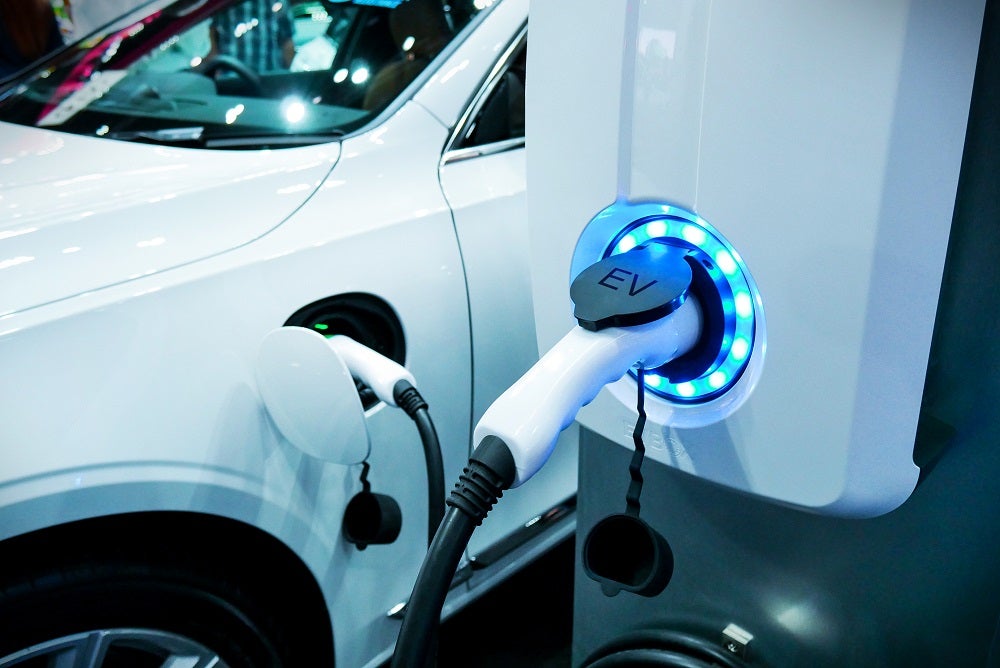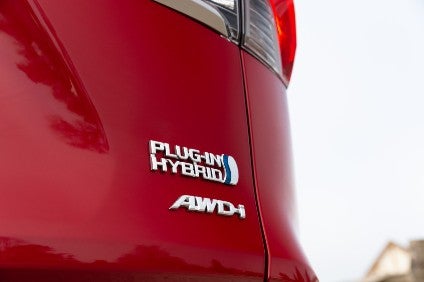General Motors affiliate Holden is to create a multi-million dollar virtual reality studio at its Elizabeth, South Australia, plant to cut the time it takes to design niche vehicles from three years to 22 months, writes Mike Duffy.
When commissioned later this year, the studio will eliminate time-consuming manufacturing processes and the need for designers and engineers to fly to Adelaide from Holden’s main design facility in Melbourne.
Holden wants to simulate and animate real world manufacturing as it moves to expand and streamline car production with the introduction of a third shift by June.
It will bring additional focus on Elizabeth as one of the most high-tech manufacturing centres in General Motors’ global manufacturing network.
The new R and D facility involved investment of around $A4 million in a supercomputer and custom-built hardware and software that can interconnect with Holden’s $6 million virtual reality studio in Melbourne and General Motors’ design centres in the US and Europe.
How well do you really know your competitors?
Access the most comprehensive Company Profiles on the market, powered by GlobalData. Save hours of research. Gain competitive edge.

Thank you!
Your download email will arrive shortly
Not ready to buy yet? Download a free sample
We are confident about the unique quality of our Company Profiles. However, we want you to make the most beneficial decision for your business, so we offer a free sample that you can download by submitting the below form
By GlobalDataHolden chairman and managing director Peter Hanenberger said additional investment in research and development had been made possible by the establishment of the Federal Government’s Australian Competitiveness and Investment Scheme (ACIS).
The scheme will make available $A4.2 billion for the car industry in the decade following its introduction in 2005. This includes $A150 million for R&D.
“The post-2005 car industry plan gives the auto industry certainty and stability for the next decade or more,” he said.
The Monaro was the first model created by virtual reality technology which compressed a three-year design and testing process into just 22 months.
It was used again last year to modify the Monaro into the Pontiac GTO which debuted at this month’s Los Angeles Auto Show – 10 months after GM decided to sell the car in America.
Hanenberger said the Cross8 luxury four wheel drive crew cab utility – due to be released later this year – was another vehicle made possible by virtual reality technology.
“We are living in a changing world where people’s taste and requirements are changing all the time,” he said. “Car makers have to be able to bring niche models to market in a far shorter time than in the past. There is no point in coming up with clever concepts unless you can deliver them in a short timeframe.”
Holden spent $A149.3 million on R&D during 2001-2002.







